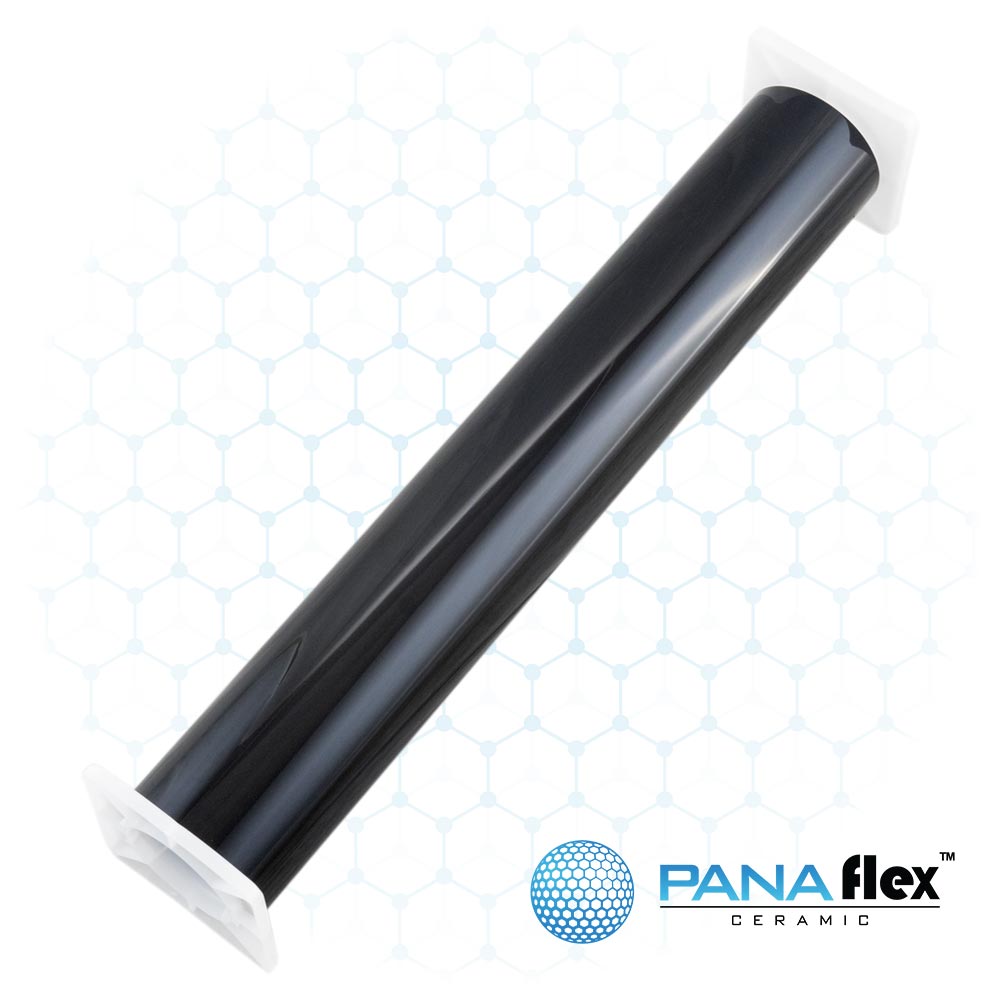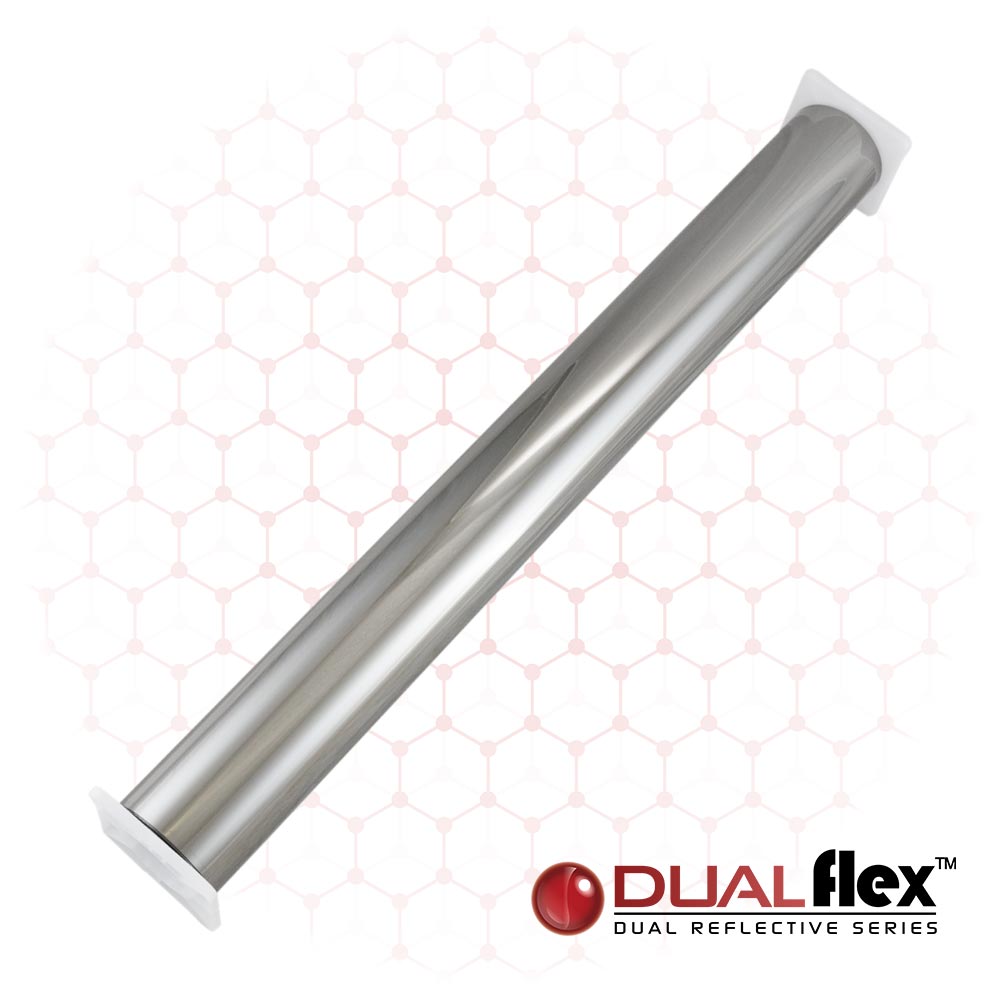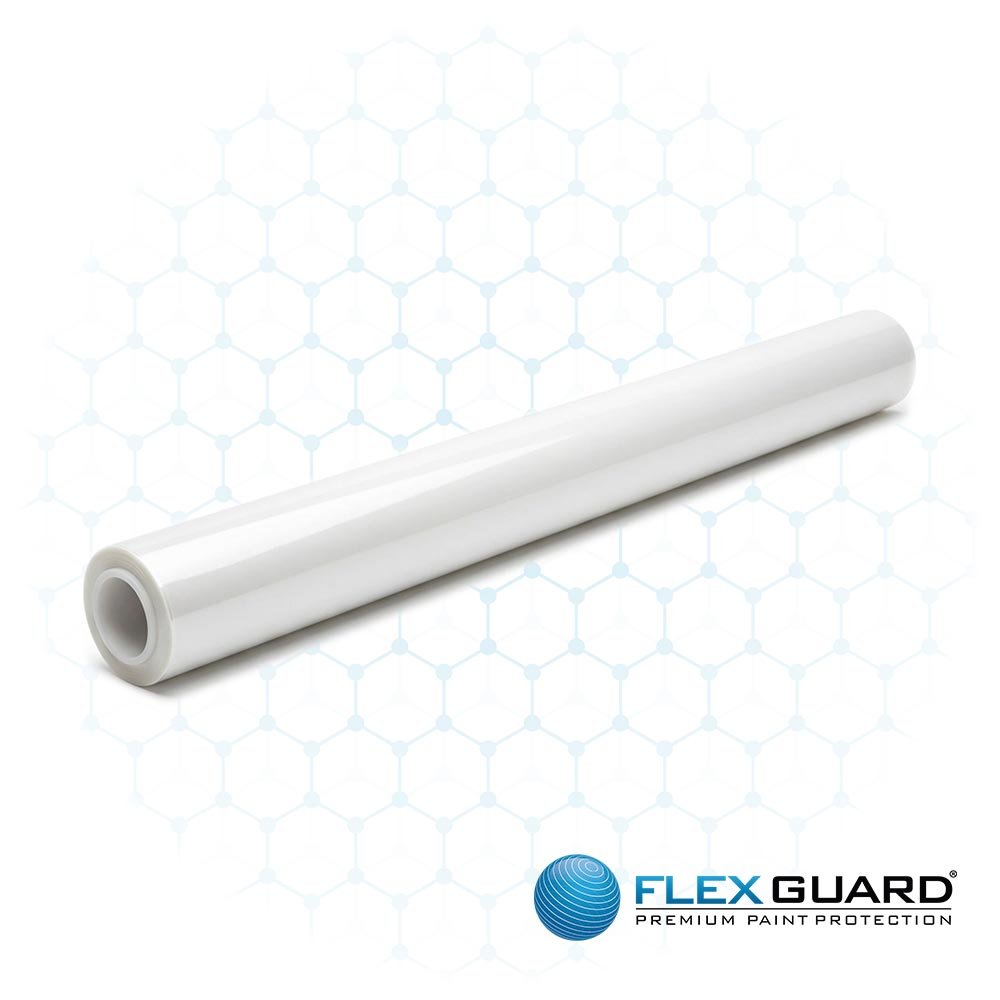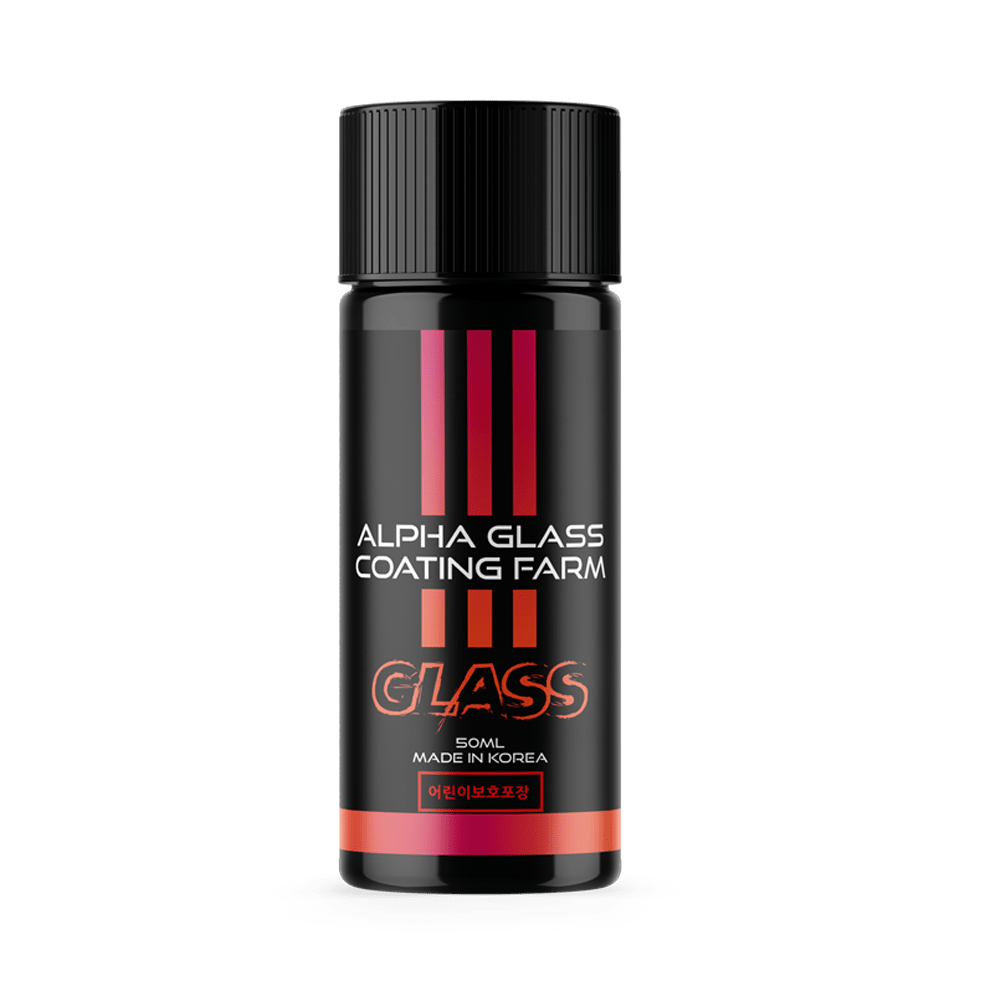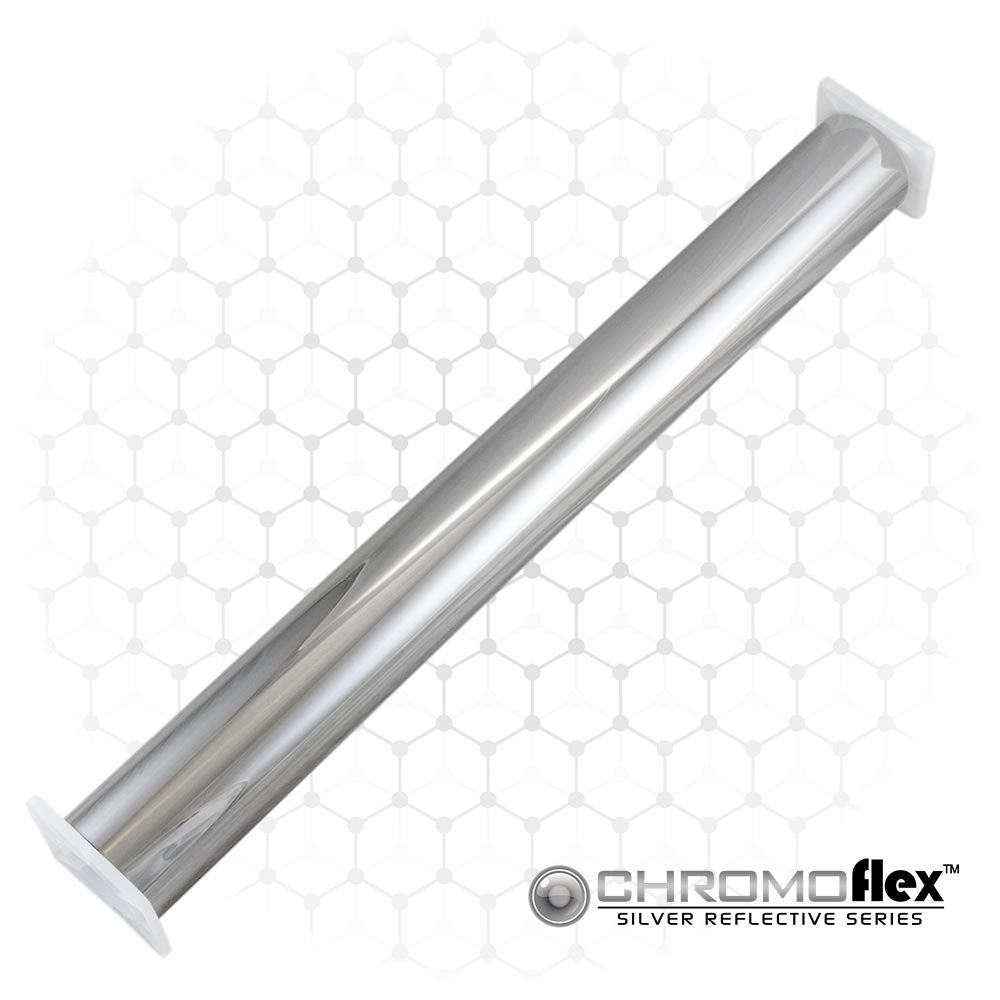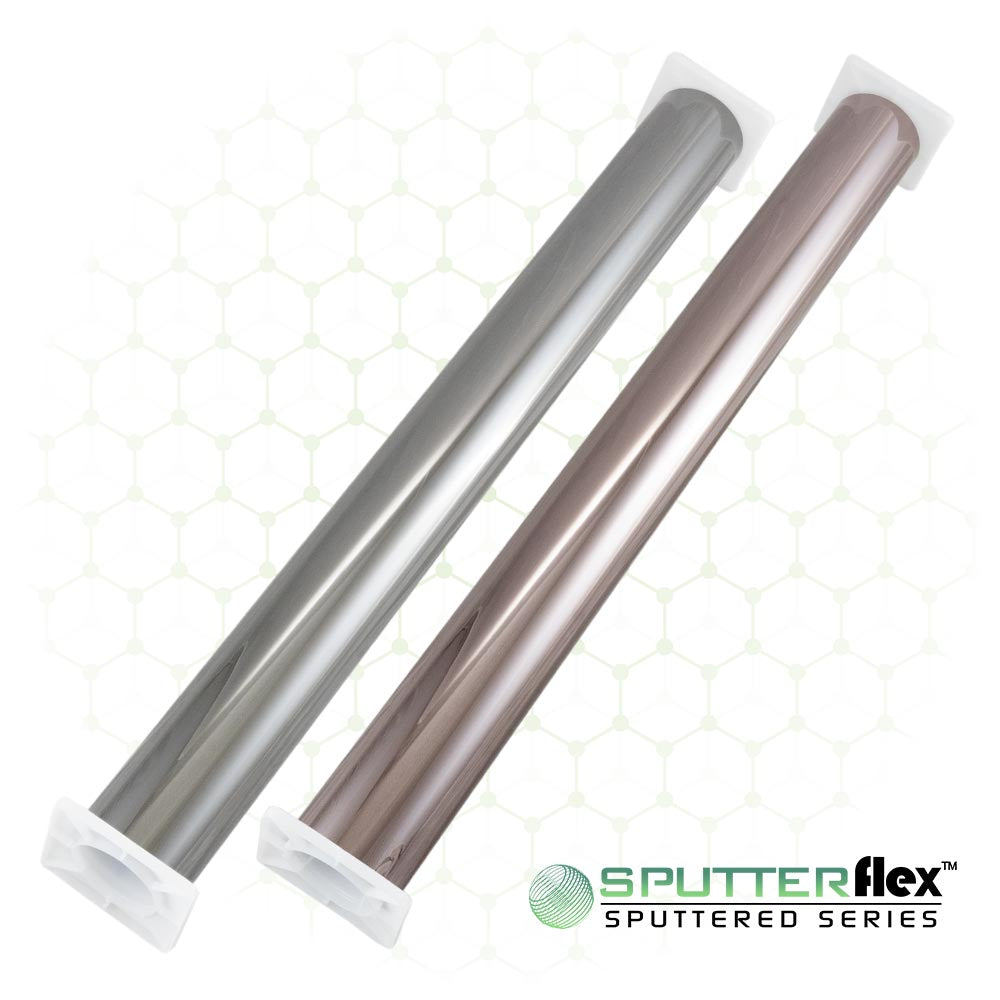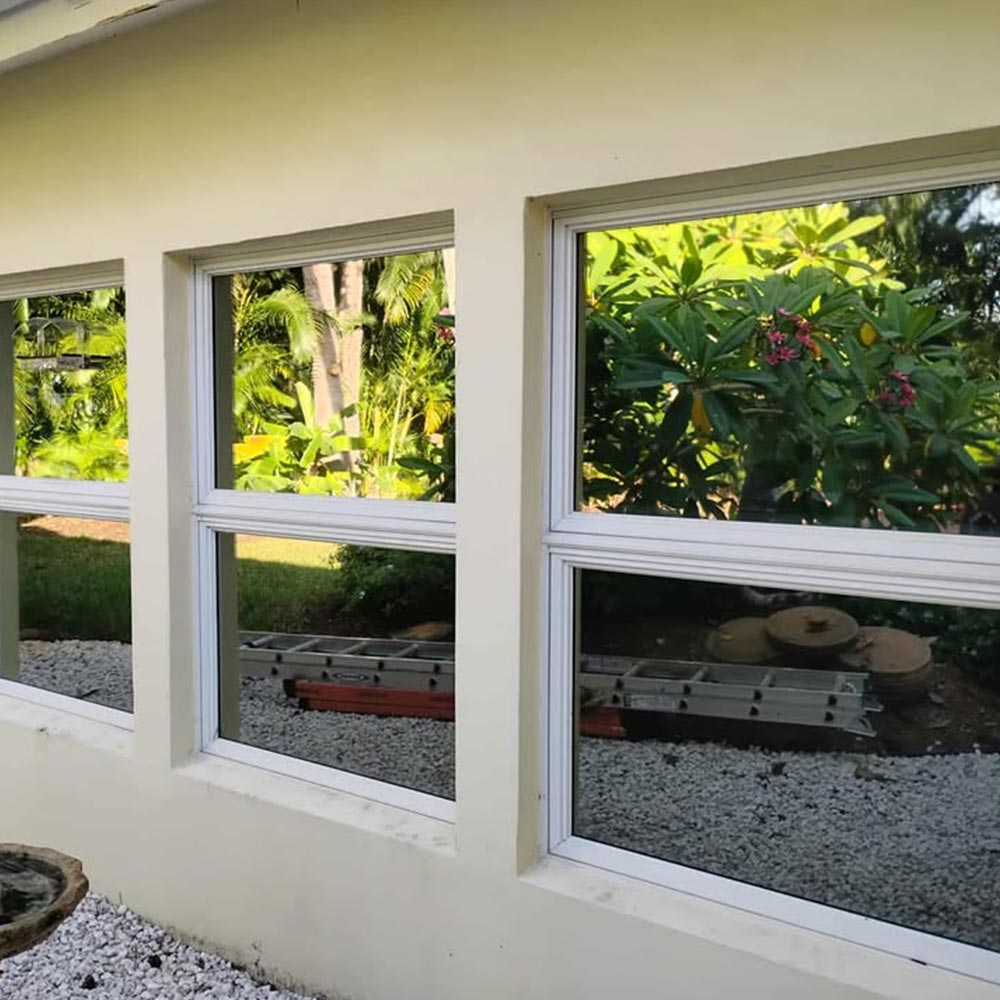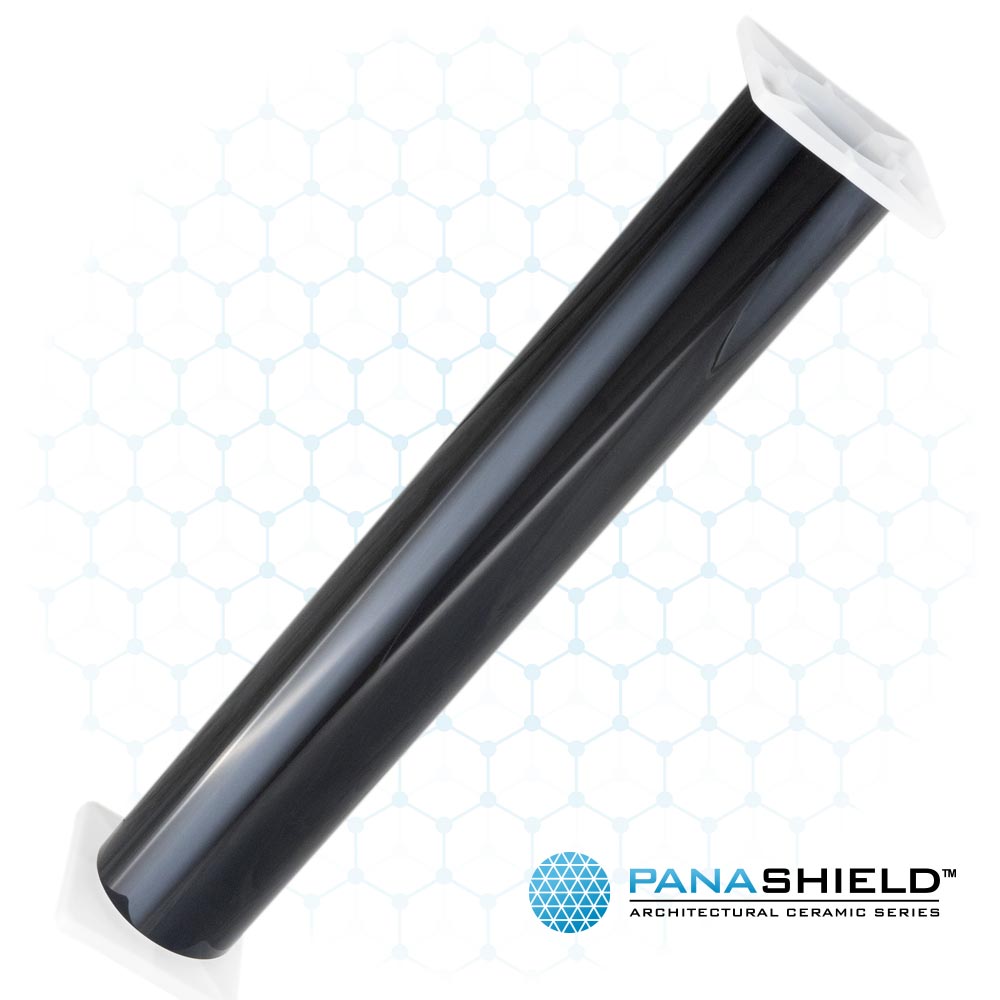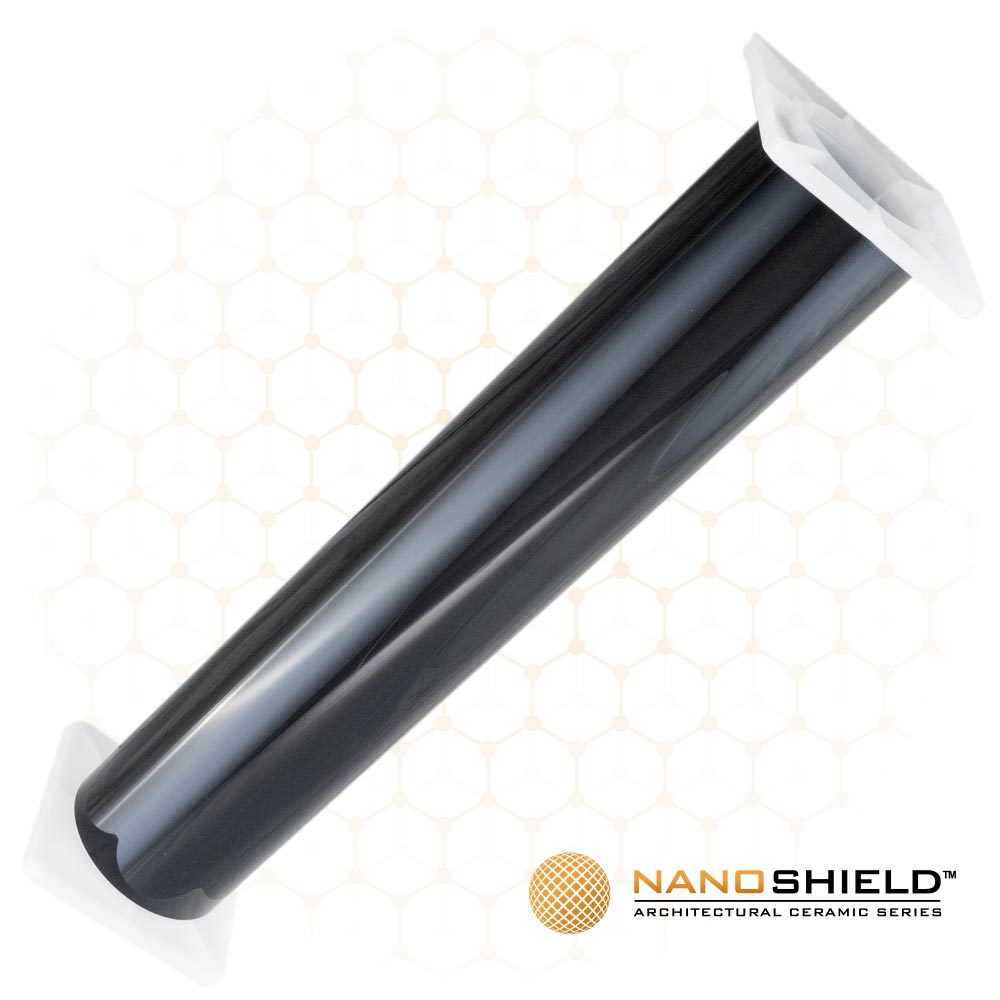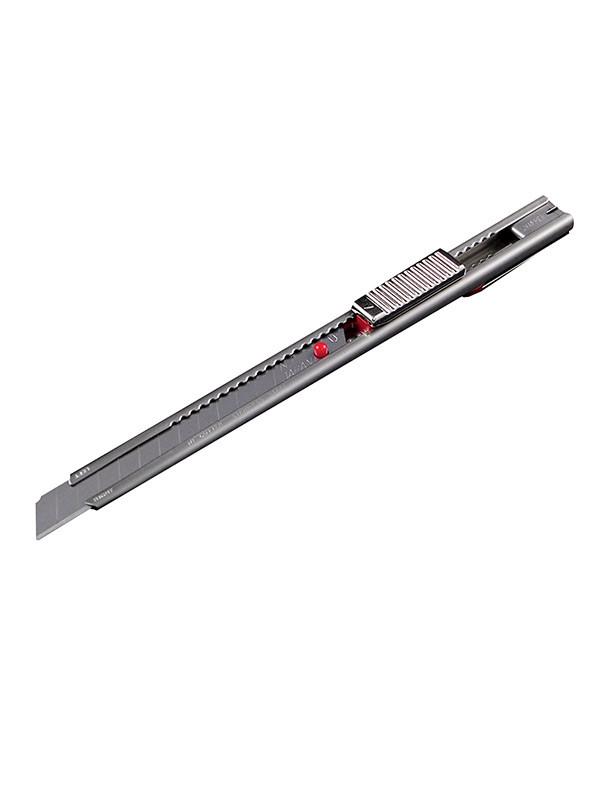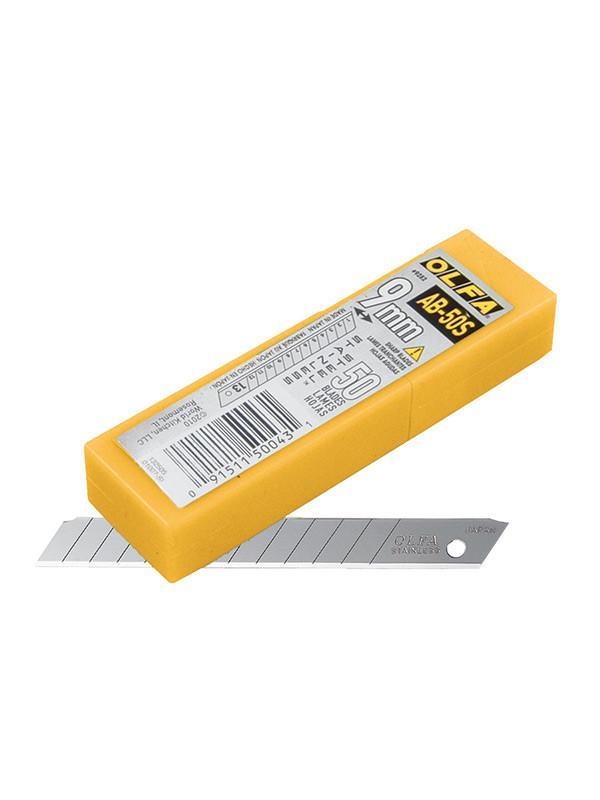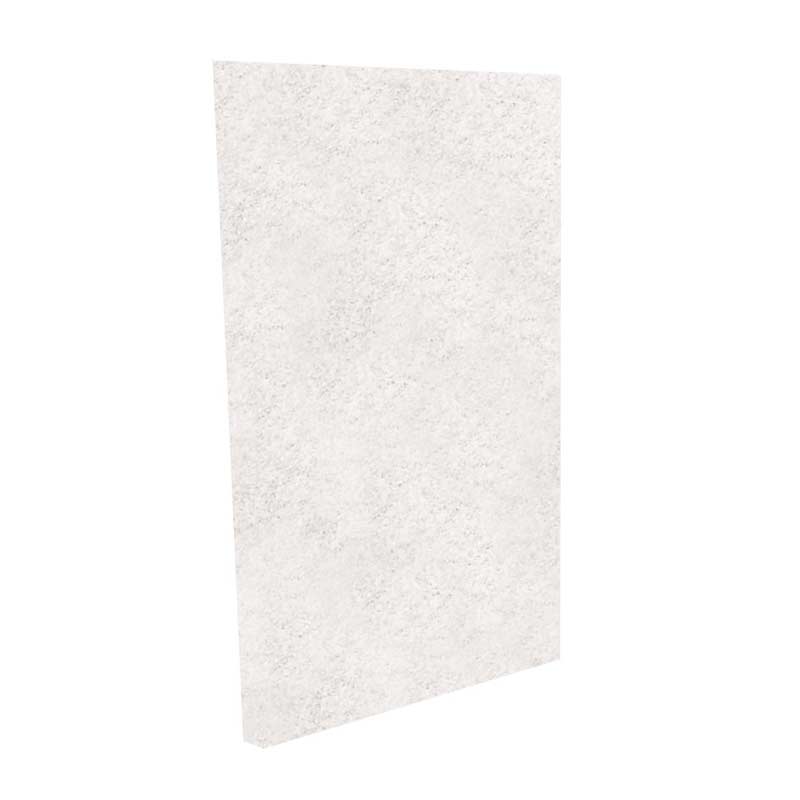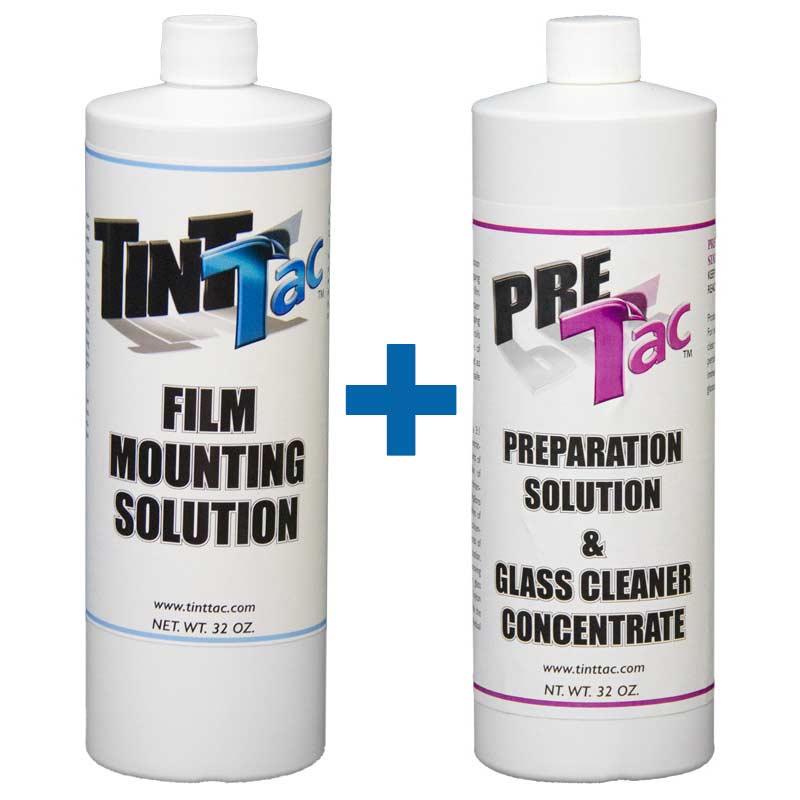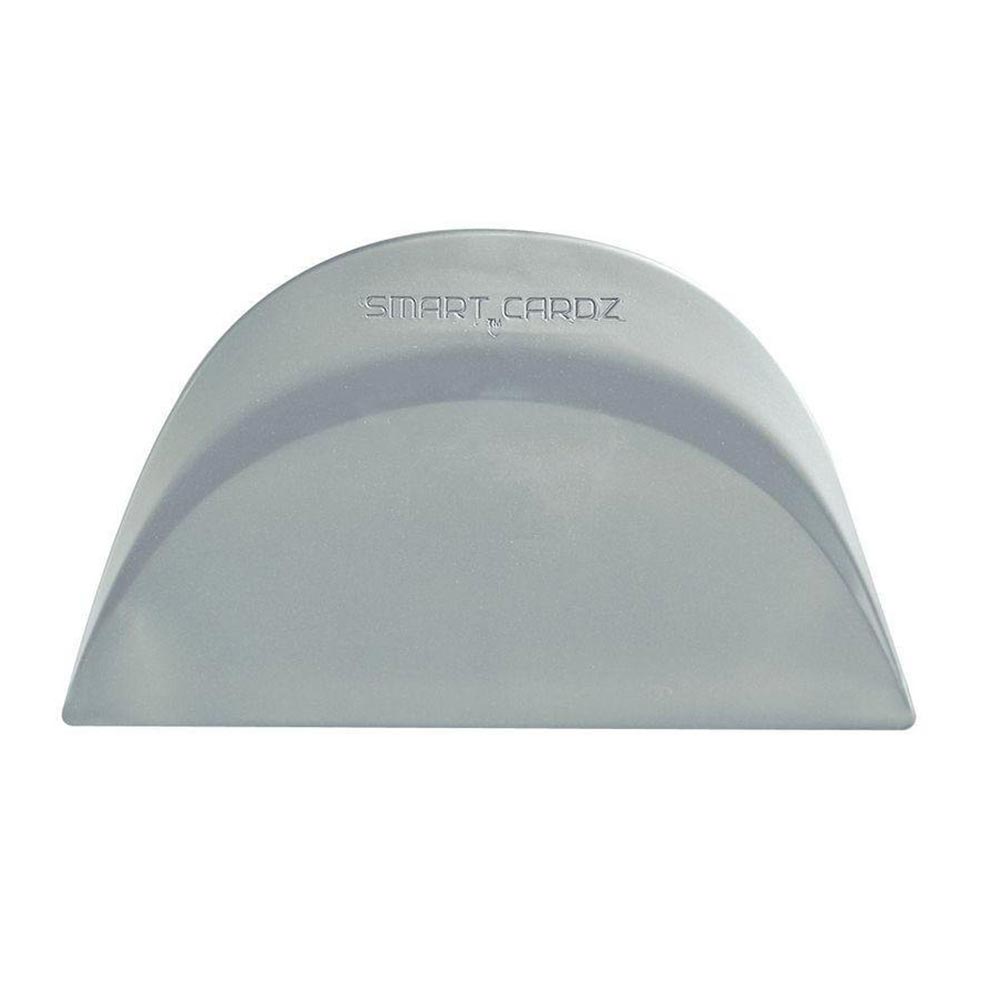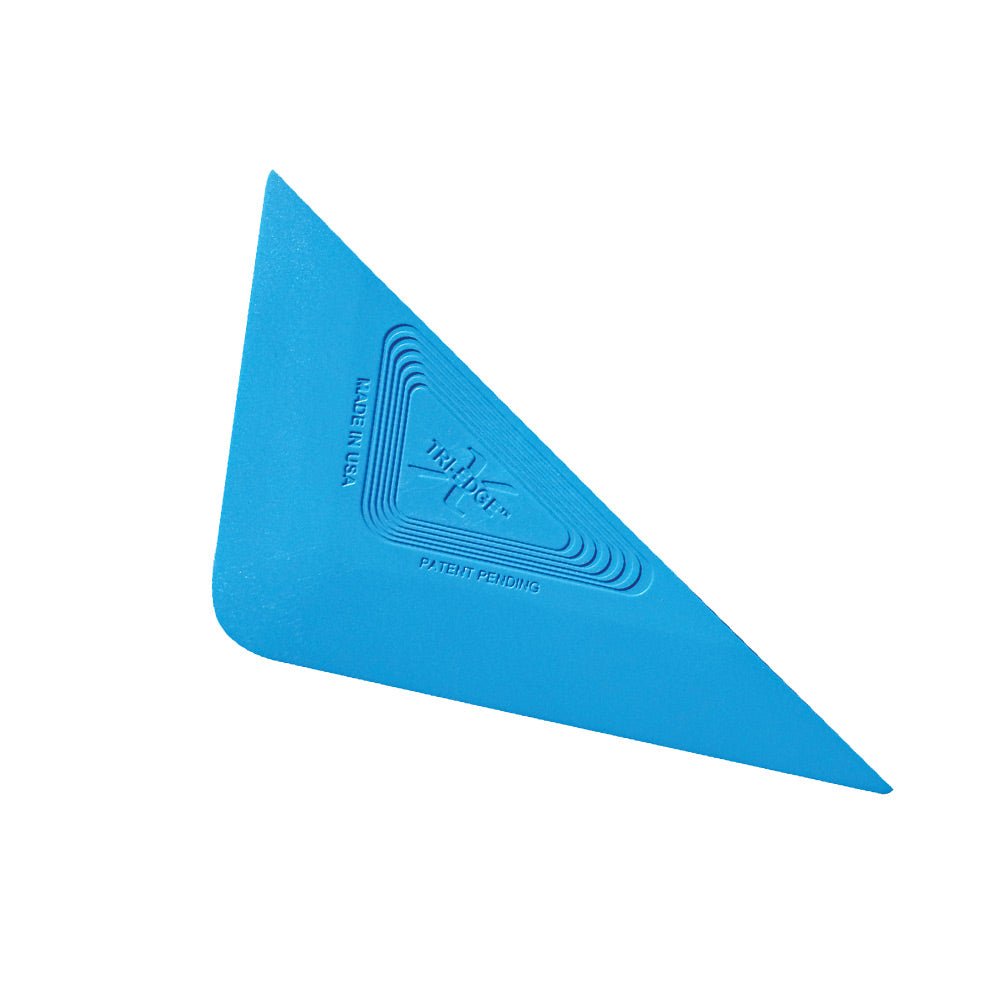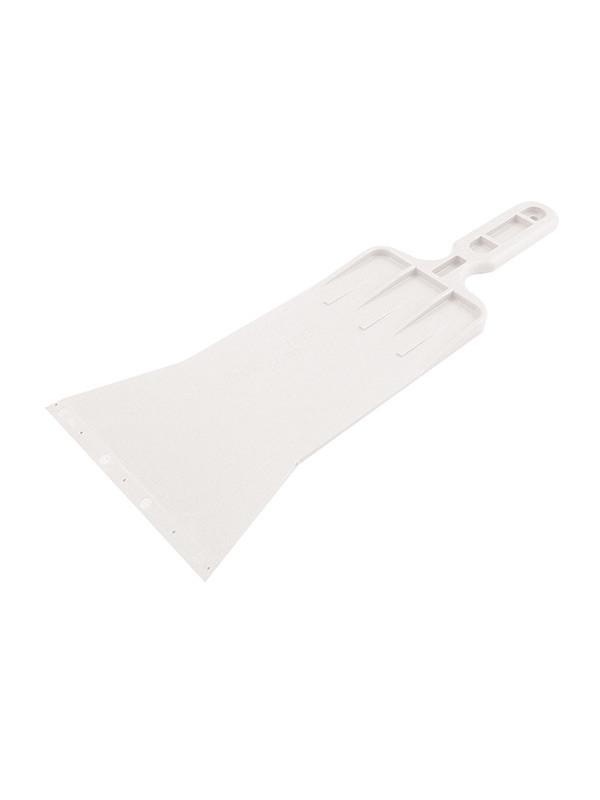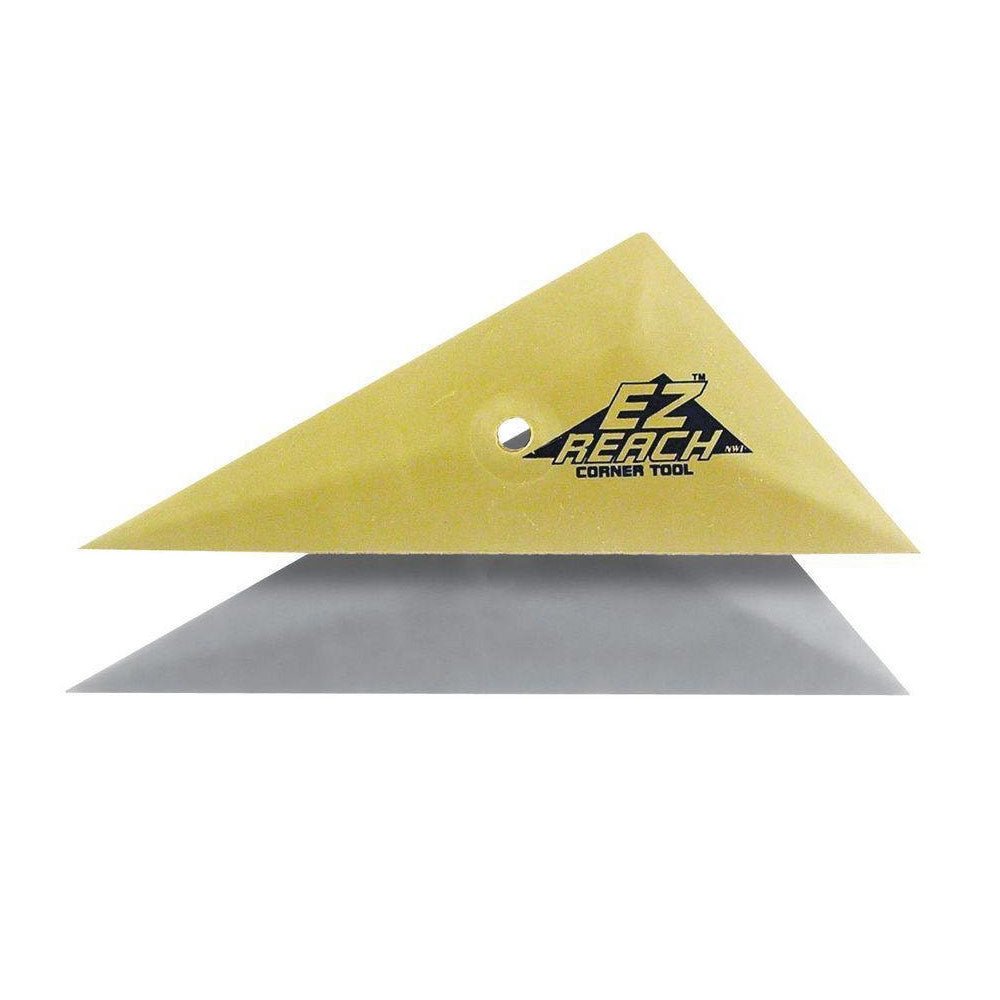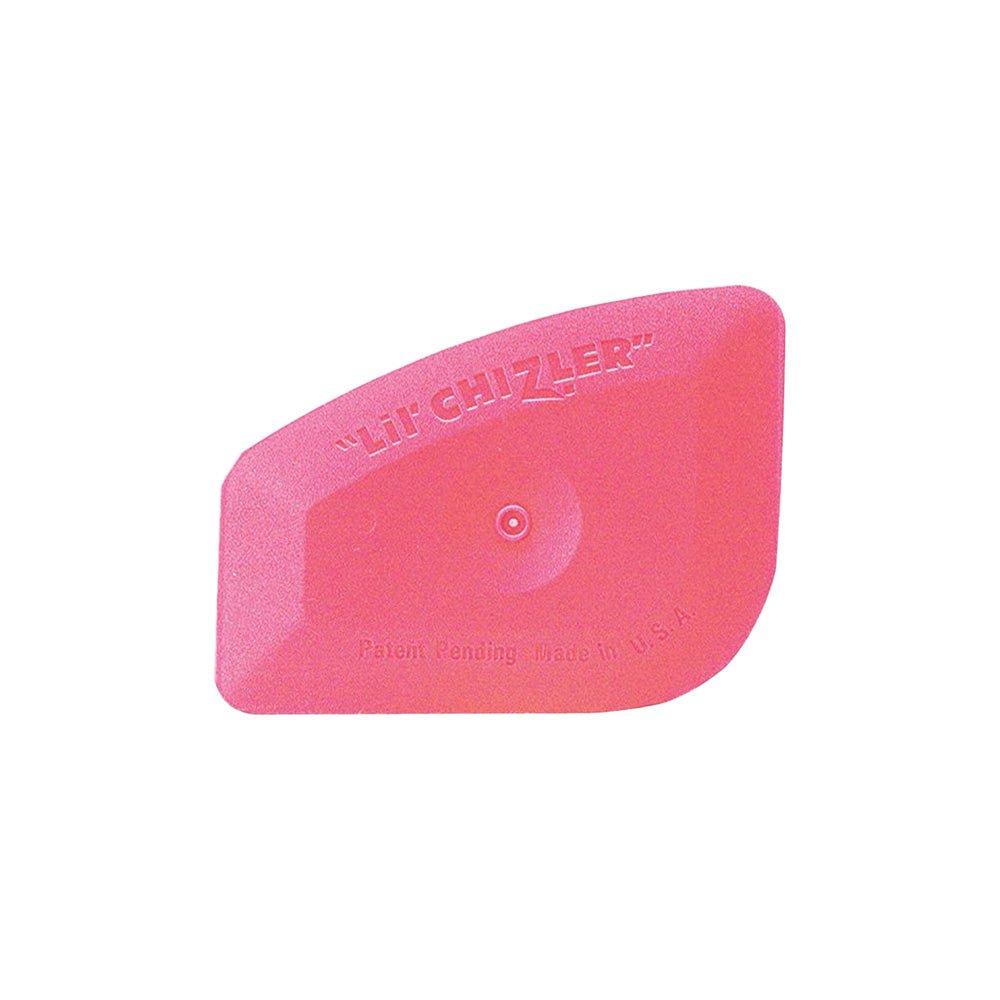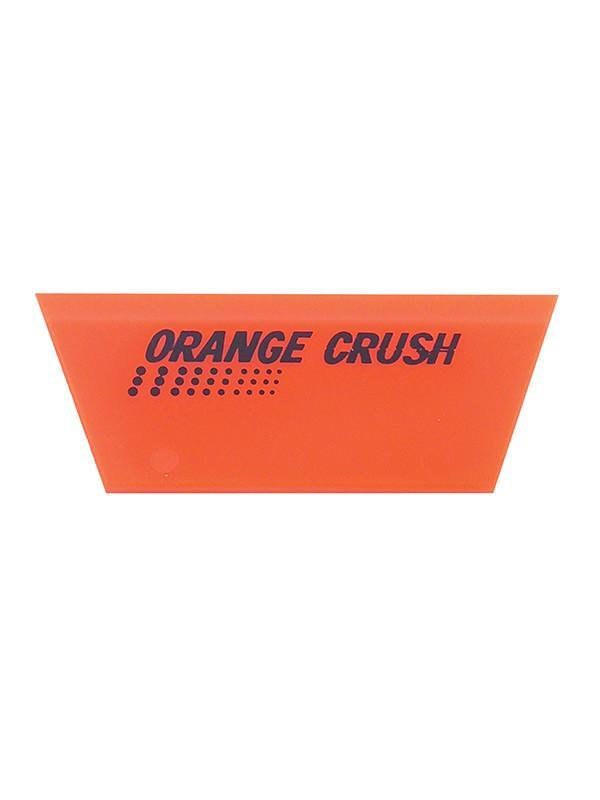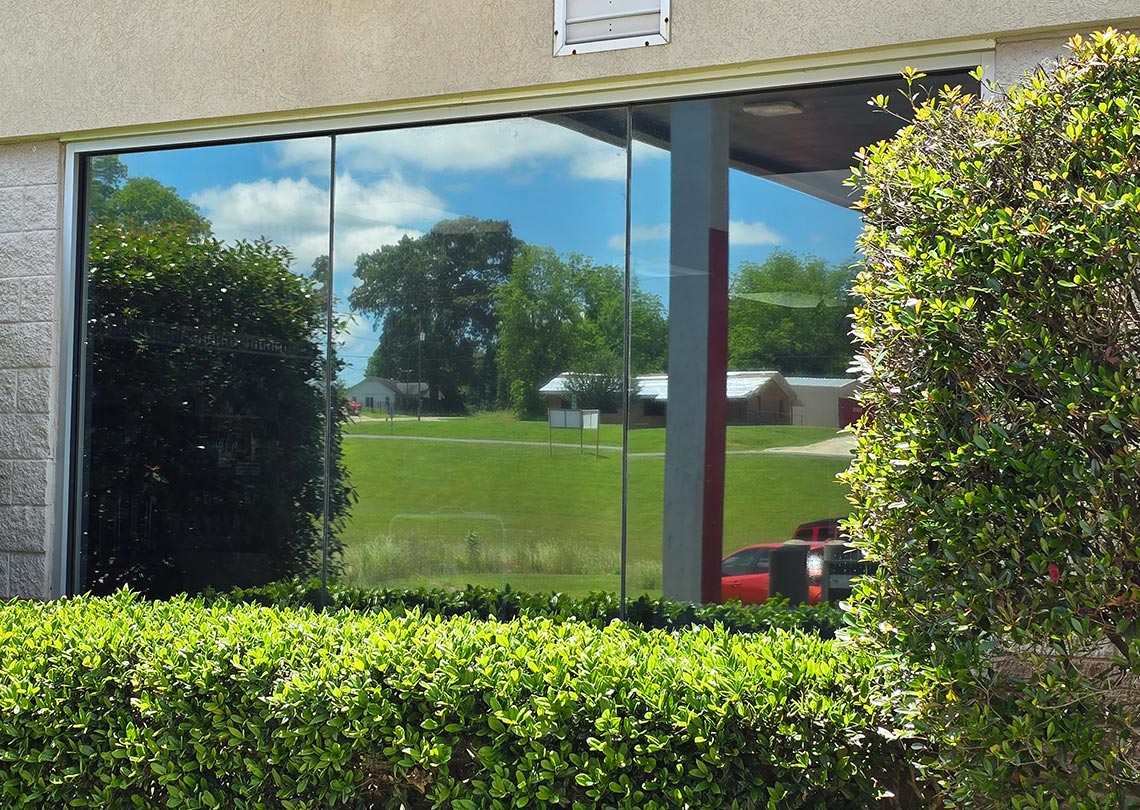
Solar Control Window Tint
Improve comfort and energy efficiency with Flexfilm’s solar control architectural films. Designed for homes and commercial spaces, these flat-glass films reflect or absorb solar energy to keep interiors cooler, cut glare, and block up to 99% of UV rays. By reducing solar heat gain, they help lower HVAC costs, extend the life of furnishings, and create a more comfortable environment year-round. Choose from highly reflective films for maximum performance, dual-reflective options for a softer interior look, or low-reflective choices like our architectural ceramic series for a clear view with modern style. With Flexfilm, you get the right balance of performance, privacy, and aesthetics.
Shop All Products
Below you can shop our full range of solar control architectural window films. Filter and sort to find what fits your shop or project best. By default, it's sorted by best selling.
Filters
5 products
Choosing The Right Film
Choosing the right architectural window film doesn’t have to be complicated. At Flexfilm, we use a simple framework to help professionals and homeowners get the best results: identify the problem, match it with the right technology, and make sure it’s safe for the glass.
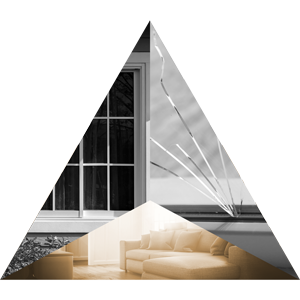
Identify the Problem
Customers usually have one (or more) of four main concerns:
- Heat – rooms getting too hot.
- Privacy – keeping interiors hidden.
- Furnishing Protection – preventing fading of floors, carpets, and artwork.
- Glare – reducing harsh sunlight on TVs or screens.
👉 Once you know the problem, the solution gets a lot clearer.
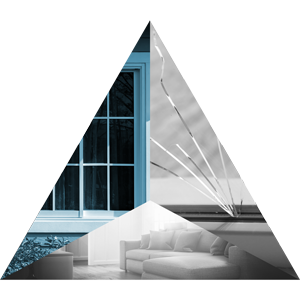
Match the Technology
Different films solve different problems. Our lineup includes:
- Silver Reflective – classic, high-reflective energy control.
- Dual Reflective – balanced daytime privacy with softer interior look.
- Sputtered – metal blends for unique color tones.
- Architectural Ceramic – low-reflective with strong performance (for specific glass types).
- Decorative/Specialty – whiteout, blackout, frost for privacy or design.
👉 Pick the film that best addresses the problem at the highest level.

Maintain Glass Safety
Not every film works on every glass. Every product page includes a film to glass compatibility chart.
Consider:
- Single vs. double pane
- Clear vs. tempered vs. Low-E glass
- Glass size and direction
- Frame type
👉 Film and glass technologies combine—choosing wrong can lead to stress, seal failure, or breakage.
The Key to Glass Safety
Reflectivity Explained
Think about being at the beach on a hot day. You have two choices: a black long-sleeve shirt or a white one. Both protect your skin, but the black shirt absorbs heat and makes you miserable, while the white shirt reflects heat and keeps you cooler.
It works the same way with window films. Our ceramic films like Panashield and Nanoshield absorb energy to deliver performance, while reflective films like Dualflex, Chromoflex, and Sputterflex reflect energy to keep glass safer and interiors cooler.
The key is that simply choosing your film based on aesthetics is not always possible. Sometimes a compromise needs to be reached between how the glass will perform safely and the look you want to achieve. Making the right choice means better comfort, lower energy costs, and protection for the glass itself.
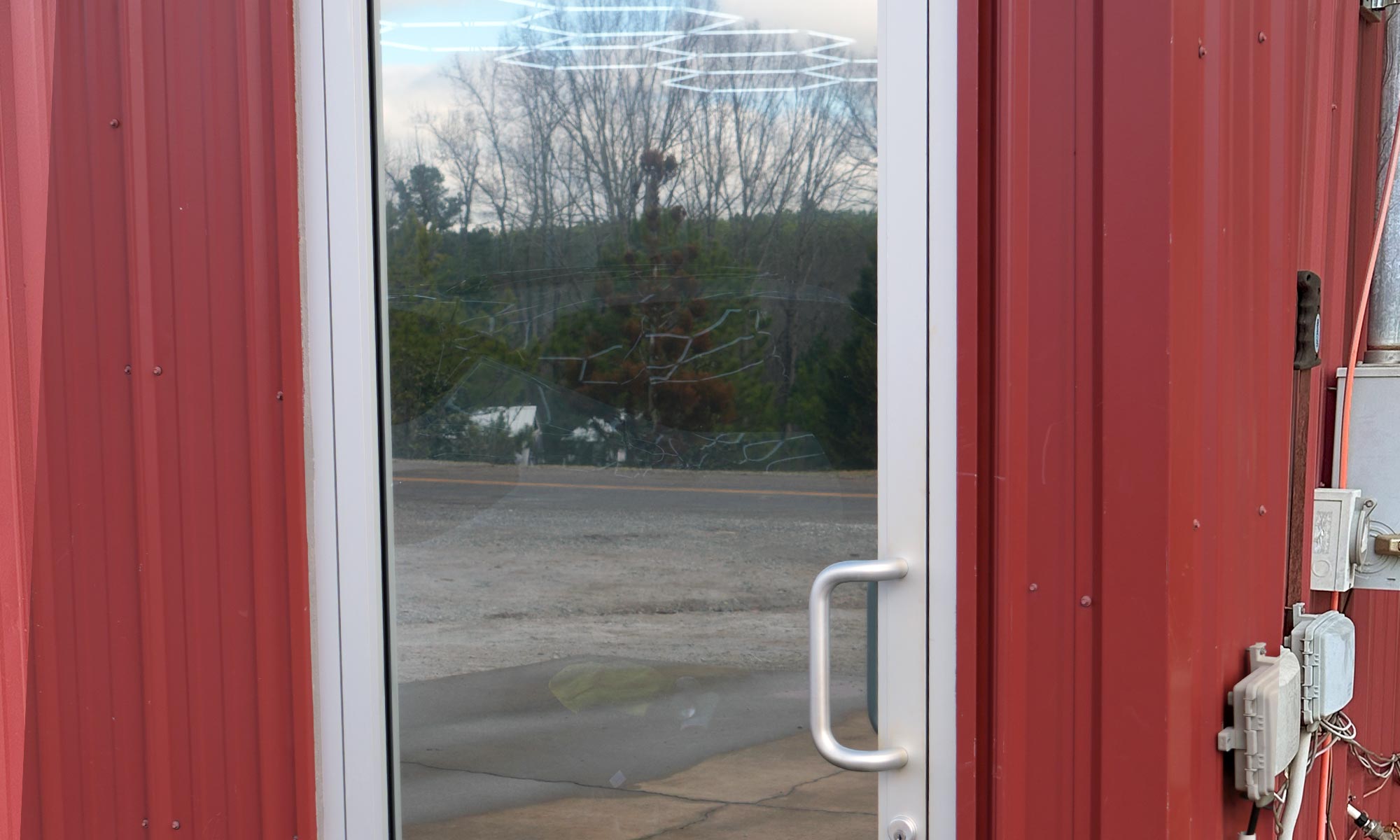
Mirror-like
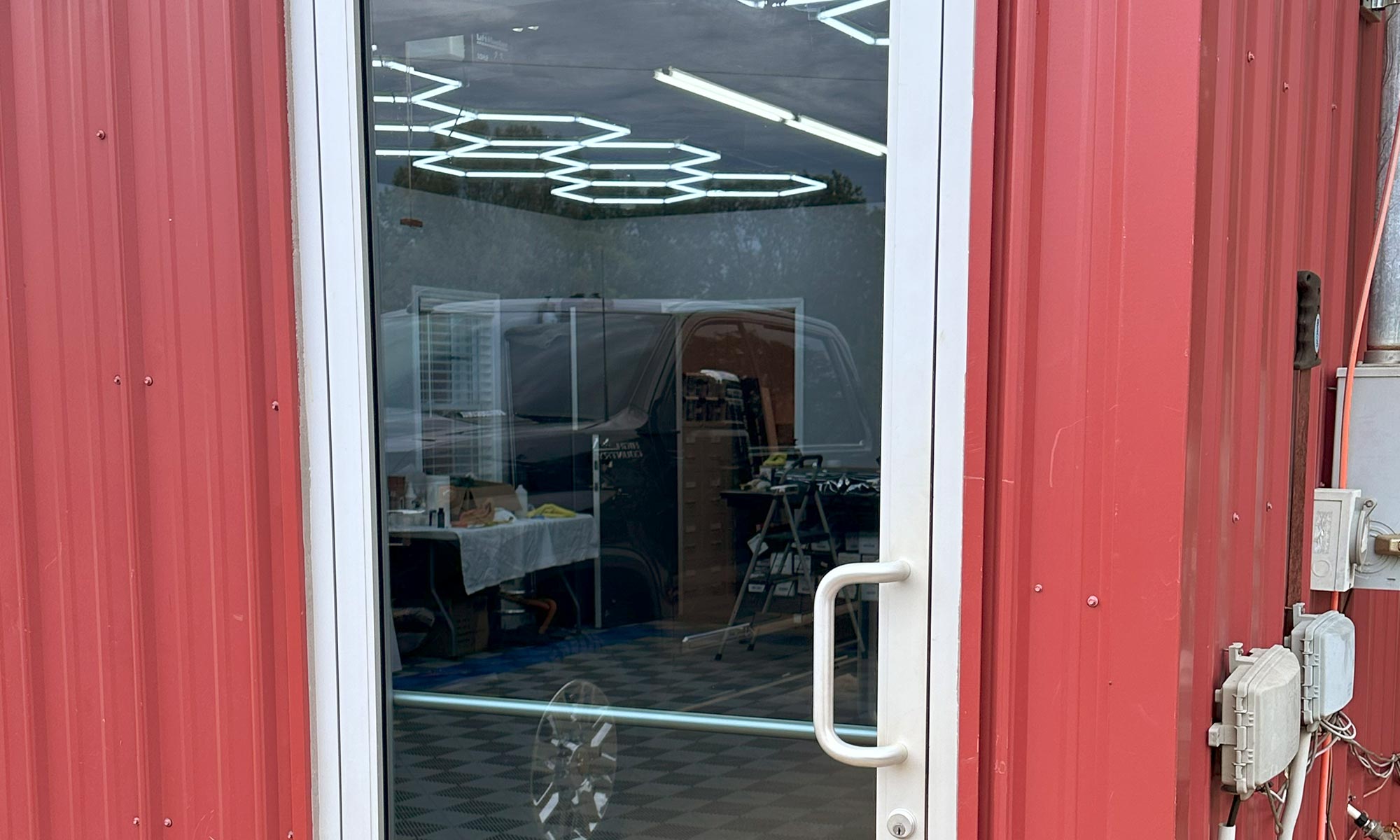
Low Reflectivity
If you want…
Use this quick selector as your fast-start filter. Identify the main goal for a room or façade, then jump straight to the film series that solves it.
 Daytime privacy, clear interior view, solid energy savings...
Daytime privacy, clear interior view, solid energy savings...
 Daytime privacy, clear interior view, solid energy savings...
Daytime privacy, clear interior view, solid energy savings...
Dualflex dual reflective film is ideal for residential and commercial spaces, featuring a reflective outer layer for privacy and heat reduction and a low-reflective inner layer for clear indoor visibility. With its metallized outer layer for solar reflection and fade-free carbon inner layer, it balances energy savings, affordability, and compatibility with most glass types, making it perfect for homes and storefronts.
 Mirror‑finish privacy and maximum heat control...
Mirror‑finish privacy and maximum heat control...
 Mirror‑finish privacy and maximum heat control...
Mirror‑finish privacy and maximum heat control...
Chromoflex, also known as mirror tint, is a double-sided reflective film with a mirror-like finish that maximizes solar reflection and heat control, providing strong daytime privacy. Ideal for both commercial and residential applications, Chromoflex is especially useful in spaces where privacy and a modern look are priorities.
 Warm or neutral aesthetic with strong solar control...
Warm or neutral aesthetic with strong solar control...
 Warm or neutral aesthetic with strong solar control...
Warm or neutral aesthetic with strong solar control...
Sputterflex features a dense metal layer that provides high heat rejection with a softer, neutral appearance in natural or bronze tones. With dual-sided reflectivity, it offers effective heat control without the intense mirror finish of dual or silver reflective films, making it a versatile choice for both residential and commercial spaces where aesthetics matter.
 Low reflective view ceramic with reliable heat absorption...
Low reflective view ceramic with reliable heat absorption...
 Low reflective view ceramic with reliable heat absorption...
Low reflective view ceramic with reliable heat absorption...
Panashield offers sleek aesthetics with robust solar protection, providing effective cooling and a natural, low-mirror appearance. Known for its clarity and heat absorption, Panashield is ideal for both residential and commercial spaces. Due to its solar energy absorption, careful installation is recommended for glass safety on certain glass types.
 Amped up low reflective ceramic with maximum heat absorption...
Amped up low reflective ceramic with maximum heat absorption...
 Amped up low reflective ceramic with maximum heat absorption...
Amped up low reflective ceramic with maximum heat absorption...
Nanoshield combines sleek aesthetics with powerful solar protection, delivering maximum cooling and a natural, low-reflective finish. Known for its clarity and ability to absorb heat, Nanoshield is well-suited for both residential and commercial applications. Since it absorbs rather than reflects solar energy, careful installation is recommended on certain glass types to ensure safety.
Side-by-side comparison
Scan this grid when you need to weigh appearance against performance.
Dualflex Dual Reflective TintFrom $129.00 View details | Chromoflex Silver Reflective TintFrom $67.50 View details | Sputterflex Sputtered TintFrom $120.00 View details | Panashield Architectural Ceramic TintFrom $159.00 View details | Nanoshield Architectural Ceramic TintFrom $229.00 View details | |
|---|---|---|---|---|---|
| Appearance | |||||
Shades How much visible light passes through. Lower VLT is darker; on reflective films it also looks more mirror-like, while on ceramic films it simply darkens without added shine.
|
5%, 15%, 25%, 35%
|
15%, 35%
|
20%, 35%
|
40%, 50%, 70%
|
50%, 70%
|
Exterior Look What passers-by see from outside—highly reflective, softly tinted, or nearly invisible, depending on the film.
|
Mirror-like
|
Mirror-like
|
Mirror-like
|
Low Reflectivity
|
Low Reflectivity
|
Interior Look What occupants see looking out. Can remain clear, add a light tint, or show some reflectivity like the exterior.
|
Clear
|
Mirror-like
|
Mirror-like
|
Low Reflectivity
|
Low Reflectivity
|
Color Overall glass hue—neutral gray, deep black, warm bronze, or mirror-silver—to match building style.
|
Neutral Gray
|
Silver
|
Neutral / Bronze
|
Black
|
Black
|
Privacy Daytime one-way privacy comes from exterior reflectivity. Dual-view means the view is similar both sides. Complete blocks sightlines entirely.
|
One-way (Daytime only)
|
One-way (Daytime only)
|
One-way (Daytime only)
|
Dual-view
|
Dual-view
|
| Performance | |||||
IR Rejection Percent of infrared heat blocked. Higher numbers mean cooler rooms without having to darken the glass.
|
Up to 95%
|
Up to 93%
|
Up to 76%
|
Up to 89%
|
Up to 97%
|
UV Protection Percent of ultraviolet rays filtered. 99 %+ guards skin, furniture, and flooring from fade.
|
>99.9%
|
>99.9%
|
>99.9%
|
>99.9%
|
>99.9%
|
TSER Total Solar Energy Rejected. Combines IR, visible, and UV rejection. Higher TSER equals better overall heat control.
|
Up to 79%
|
Up to 74%
|
Up to 71%
|
Up to 60%
|
Up to 58%
|
Glare Reduction Checkmark indicates the film cuts harsh sunlight for more comfortable viewing.
|
Yes |
Yes |
Yes |
Yes |
Yes |
| Construction | |||||
Technology Core construction—dual-reflective, ceramic, sputtered, silver reflective, safety—drives both look and performance.
|
Dual Reflective
|
Silver Reflective
|
Sputtered
|
Ceramic
|
Ceramic
|
Adhesive Dry adhesive (DA) is forgiving during positioning; pressure-sensitive (PS or PSA) grabs faster once set.
|
DA
|
DA / PS
|
DA
|
PS
|
PS
|
Metallized States if metal layers are present. Metal boosts heat reflection but can affect RF signals.
|
Yes |
Yes |
Yes |
No |
No |
Construction |
2ply / 1.5mil
|
2ply / 1.5mil
|
2ply / 1.5mil
|
2ply / 1.5mil
|
2ply / 1.5mil
|
| Other | |||||
Application All Flexfilm architectural films are designed for interior installation only.
|
Interior
|
Interior
|
Interior
|
Interior
|
Interior
|
Warranty |
12 Year Limited
|
12 Year Limited
|
12 Year Limited
|
12 Year Limited
|
12 Year Limited
|
Glass Compatibility See the film to glass compatibility chart on each product's page for more information.
|
See Chart
|
See Chart
|
See Chart
|
See Chart
|
See Chart
|
Who Each Film Serves Best
Use this quick reference to match each film family to the situations where it shines. Find the scenario that looks like your project, then check the film name to the right—simple as that.
 Dualflex
Dualflex
 Dualflex
Dualflex
Homeowners or office managers wanting daytime privacy without a mirrored interior.
 Chromoflex
Chromoflex
 Chromoflex
Chromoflex
Commercial façades or sun‑baked glass needing maximum privacy and heat rejection.
 Sputterflex Bronze & Neutral
Sputterflex Bronze & Neutral
 Sputterflex Bronze & Neutral
Sputterflex Bronze & Neutral
Residential builds seeking a warm or neutral architectural tone with solid solar control.
 Panashield
Panashield
 Panashield
Panashield
Spaces where a clear view both ways is critical yet heat must be reduced.
 Nanoshield
Nanoshield
 Nanoshield
Nanoshield
Luxury homes, storefronts, or historical venues demanding invisible high‑tech insulation.
Frequently Asked Questions
We’ve got answers! Our FAQ section covers everything you need to know—from selecting the right film to making sure it’s safe for your glass. Installing flat glass film can take a little extra planning upfront, but doing your homework can save you time, money, and potential headaches later. Dive in and get the info you need to make your next installation a success!
Will darker shades perform better?
Reflective films get both darker and more reflective as shade numbers drop, boosting TSER. Ceramic films rely on nano‑particles, so heat performance stays strong even in lighter shades.
Will daytime privacy work at night?
Mirror‑type privacy relies on exterior light. At night, interior lights reverse the effect. Use blinds or dim lights to maintain privacy.
Is architectural film applied on the outside or inside of a window?
That depends on the type of film you are applying.
- Dualflex dual reflective film: inside
- Chromoflex silver reflective film: inside
- Sputterflex sputtered film: inside
- Vandalflex anti-graffiti film: outside
- Safetyflex safety and security film: inside
- Specialty/decorative: inside
- Panashield/Nanoshield ceramic film: inside
What is one-way daytime privacy?
One-way daytime privacy refers to a window treatment's ability to allow people inside a building to see out while preventing those outside from seeing in during daylight hours. This effect is achieved through the use of reflective window films that have a mirror-like appearance on the exterior side when exposed to sunlight. The principle behind this effect is based on light differential: during the day, the brighter light outside causes the film to reflect the external environment, thus creating a mirror effect when viewed from the outside. Meanwhile, the interior, being less bright, allows occupants to see through the film to the outside.
The effectiveness of one-way daytime privacy depends on the light levels on either side of the window. At night, when the interior is typically brighter than the exterior, the effect can reverse, and visibility from outside to inside can increase. For this reason, additional privacy measures may be required during nighttime hours, such as curtains or blinds, to maintain privacy.
Window films that offer one-way daytime privacy are ideal for settings where privacy during the day is a priority, but natural light is still desired. They are popular in residential homes for rooms facing busy streets, as well as in commercial settings where there is a need to shield interior spaces from public or neighboring views without sacrificing the openness and welcoming nature of natural light.
What is dry adhesive versus pressure sensitive adhesive?
Dry adhesive feels tack‑free until activated with mounting solution, giving installers more time to position and squeegee. Pressure‑sensitive adhesive bonds as soon as pressure is applied, locking the film in place faster. Both cure crystal‑clear; choose based on install speed and personal preference.
Do metallized window films impact wireless signals and electronic devices?
Most architectural window films have minimal to no impact on wireless signals and the operation of electronic devices inside a building. However, films with metallic components, especially those designed for high solar heat rejection, can in some cases interfere with radio frequency (RF) signals. Advances in film technology have led to the development of non-metallic options, such as ceramic-based films, that offer excellent heat rejection capabilities without affecting signal transmission for cell phones, Wi-Fi, and other electronic devices.
See Our Films in Action
@flexfilmtint
Don’t just take our word for it—check out the real-world projects our awesome partners have pulled off with our products! Follow us for fresh inspiration, and see how our solutions can level up your next DIY project or even boost your shop’s game. You might even be our next feature—just tag @flexfilmtint on Instagram or Facebook!
What our partners say
Dennis Klotz
Flexfilm is the King!
"Ive been setup with Flexfilm for almost a year, and I wont go back to any othe rproduct. I have use them all in copious amounts, security, hurricane, solar and architectural. Flexfilm is the King!"
Craig Haney
Extremely Happy With The Final Result
"To be honest I am extremely happy since switching to Flexfilm. As an installer I think it is a very high quality product and from my customers stand point they are extremely happy with the final result too."
Shawn Davis, Davis Window Tinting
Love The 30% Terraflex
"Love the 30% Terraflex I used today for the first time. Metered spot on for matching the factory tint."
Sean Wahlberg
Flexfilm Is The Best Hands Down
"Flexfilm is the best hands down for the prices and service. You can't find anything better out there..."
Preston Raber, RAB Kustoms
The Tint Works Amazing
"This company is great to work with, and the tint works amazing!"
Zane Wilson
Never Had A Problem
"I have been using your film for almost 7 years now and never had a problem."
Ryan Mclane
Definitely A Go To
"Works great! Definitely a go to for me. As a newbie I have enjoyed how easy it is to work with."
Bradley Jones, The TintPlug
Shrinks Like A Dream
"Been using it for 2+ years and I love it shrinks like a dream and I have never had a problem with it at all."
Terrance Garnto
I'm With Flexfilm Now
"I've used most of the industry leaders. I'm with Flexfilm now"
Zach Muralt
Absolutely Love How It Works
"Started using Terraflex this week at Tint Conditions Window Tinting absolutely love how it works. Very impressed"
Matthew Waite
Amazing and Outta This World
“Hey I’ve been using y’all’s product for almost a year now and lemme tell y’all highly impressed! Terraflex carbon is amazing and outta this world customers love it!”
Richard Remelius
Quickly and Easily Order Film
“Flexfilm allows me to quickly and easily order film and tools online with no phone calls or middle man. I also like the fact that you have your film performance data readily available on the website. I appreciate the usually fast shipping also.”
Shop Tools

Dealer Rewards
Start earning points that can be applied as store credit on your next online purchase.

Order Online 24/7
Shop our products online and check out anytime, 24/7, from anywhere!

Call To Order
Call us directly to place your order during business hours, Monday - Friday, 8:00 AM - 4:00 PM CST.
